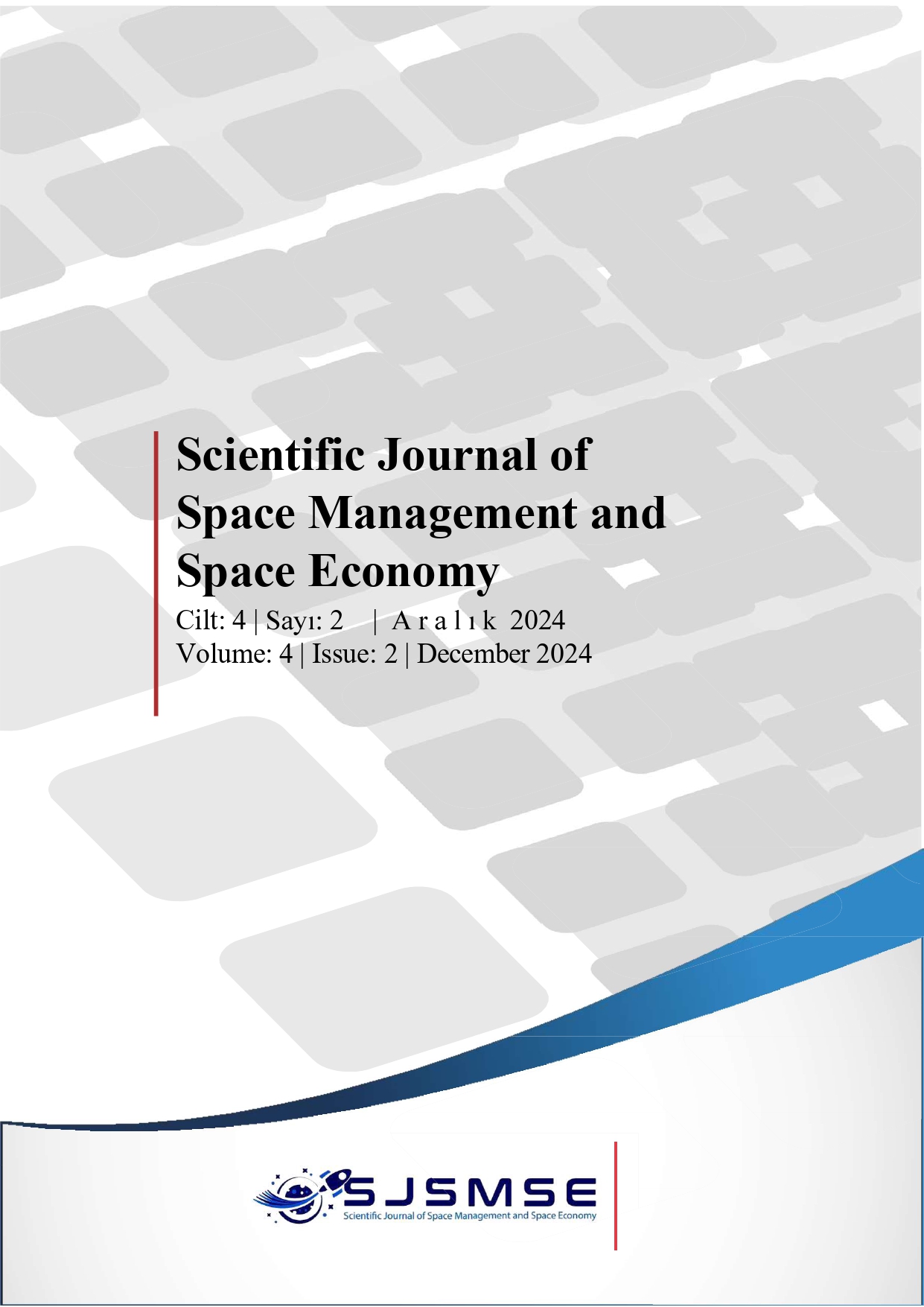Environmental Sustainability Strategies in Airport Management: Green Airport Management Approach
Keywords:
Airport Management, Environmental Sustainability, Green Airport ManagementAbstract
Airports, as part of the rapidly growing aviation industry, play an important role in achieving environmental sustainability goals. This article examines environmental sustainability strategies in airport management and details the green airport management approach. The focus of the article is on the main strategies such as energy efficiency, renewable energy use, waste management, water conservation and carbon emission reduction. Energy efficiency is of great importance in reducing energy consumption and costs of airport operations. In this context, the integration of modern energy management systems and efficient technologies is evaluated. The use of renewable energy sources (such as solar and wind energy) meets the energy needs of airports in an environmentally friendly way and reduces carbon emissions. Waste management and water conservation play a critical role in reducing the environmental impact of airports. Effective waste management strategies include recycling and waste reduction methods, while water conservation strategies aim to optimize water use. Reducing carbon emissions aims to achieve carbon neutrality goals in airport operations and includes various offset mechanisms and emission management strategies. International environmental standards and regulations support the implementation of these strategies and play an important role in improving the environmental performance of airports. Standards set by international aviation organizations support the effectiveness of green airport management and promote sustainable airport operations. This article comprehensively discusses the effectiveness and application areas of environmental sustainability strategies in airport management. Green airport management provides economic and operational advantages while minimizing environmental impacts. In the future, these strategies are expected to become more widespread and developed.


